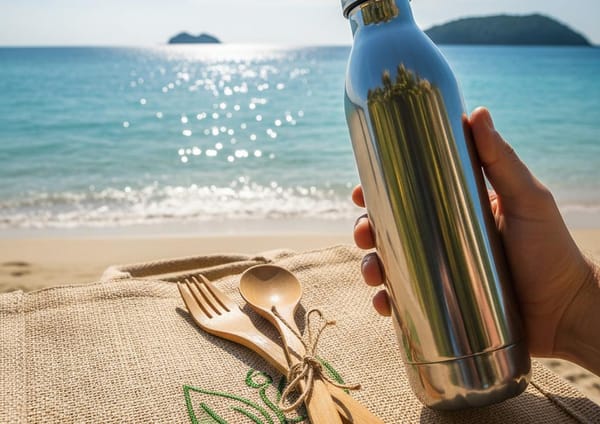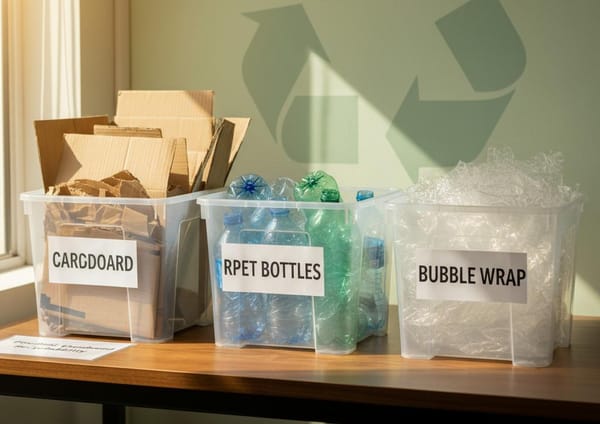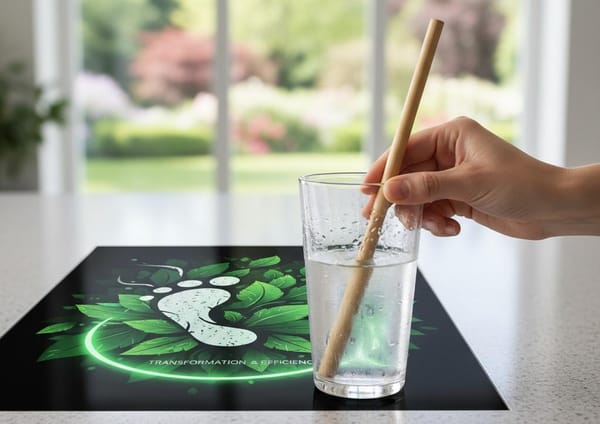Can rpet bottle packaging boost your brand's sustainability?

Introduction
rpet bottle is an easy, powerful step toward sustainable packaging. In simple terms, an rpet bottle uses recycled PET plastic instead of new, virgin resin. It reduces waste and cuts carbon emissions. Because manufacturers reuse material, they lower demand for oil and new plastics. rPET packaging supports recycling jobs and strengthens local recycling systems. For consumers, rpet bottles mean less trash and more circular economy benefits. In this article we explain how rpet bottles fit with recycled plastic, post-consumer recycled content, and circular packaging. We offer practical tips for recycling, reuse, and choosing recycled packaging that really works.
What an rpet bottle is
- A bottle made from recycled polyethylene terephthalate plastic.
- Sourced from post-consumer recycling streams like drink bottles.
- Reused in packaging, textile fibers, and new recycled bottles.
Environmental benefits of rpet bottles
Why an rpet bottle matters
Choosing an rpet bottle changes how we treat waste. It gives plastic a second life. Because of this, communities keep less trash out of landfills and oceans. Manufacturers lower demand for new oil based resin. That saves energy and cuts greenhouse gas emissions. For supporting standards in recycled content, look to the Global Recycled Standard for guidance and verification: Global Recycled Standard.
Key benefits
- Reduces plastic waste and litter. Recycled plastic bottles become new packaging instead of trash. This protects wildlife and shorelines and moves us toward cleaner neighborhoods.
- Lowers carbon emissions. Reusing material needs less energy than making virgin plastic. Therefore, rpet reduces a product's climate footprint.
- Conserves resources like oil and water. Using recycled plastic cuts the need to extract new raw materials.
- Supports recycling jobs and local sorting systems. Investment in recycled plastic bottles helps recycling infrastructure and the people who run it.
- Enables circularity in packaging and textiles. For example, post consumer bottles can be turned into fibers, packaging, or new bottles.
For data on plastics and recycling benefits see the U.S. Environmental Protection Agency: U.S. Environmental Protection Agency. Together, rpet and recycled plastic bottles create smarter, kinder sustainable packaging choices for the planet.
| Factor | rPET bottle | Virgin plastic bottle |
|---|---|---|
| Environmental impact | Lower waste and pollution. Gives plastic a second life and supports a circular economy. Helps keep plastic out of landfills and oceans. Emphasizes sustainable packaging and recycled plastic bottles. | Higher resource extraction and landfill burden. Often single-use and more likely to become pollution. Relies on virgin fossil fuels. |
| Carbon footprint | Generally lower greenhouse gas emissions because it uses post-consumer material instead of new resin. | Higher emissions from producing virgin PET from oil and raw materials. |
| Resource use | Cuts demand for oil and water. Conserves raw materials and supports recycling jobs. | Requires new oil, water, and energy for production. |
| Recyclability | Designed for closed-loop recycling. Can be remade into new bottles, fibers, or packaging with minimal processing. | Recyclable in principle but more likely to be downcycled. Quality loss limits repeated reuse. |
| Cost | Prices vary. Often slightly higher due to processing costs but becoming more competitive as demand grows. | Price can be lower when oil prices fall. Costs are more volatile. |
| Durability | Comparable strength and performance for most applications. Works well for beverages and packaging. | Comparable durability. Made from virgin resin with consistent properties. |
| Consumer tip | Choose clear labeling and post-consumer recycled content. Look for certifications like the Global Recycled Standard to verify claims. | If choosing virgin, prioritize reusable options and proper recycling. Prefer products with clear recycling instructions. |
rpet bottle applications and who uses them
rpet bottle has moved beyond lab tests. Today, many industries choose it to cut waste and show real action on sustainability. The shift feels hopeful. It also lowers demand for new plastic. That protects coastlines and wildlife while saving energy.
Common uses and examples
- Beverage companies. Water and soda brands use rPET bottles for single serve and multipacks. This keeps post consumer bottles in circulation and reduces the need for virgin resin.
- Personal care and cosmetics. Shampoos, lotions, and serums now often come in rPET packaging. Brands pick rPET because it looks good and lowers their product footprint.
- Household cleaners and detergents. Companies use rPET to make lightweight, durable bottles for cleaning products.
- Food and condiment packaging. Some sauces and oils are shifting to rPET to meet consumer demand for recycled plastic bottles.
- Textile and fiber use. Recycled bottles are also spun into fibers for clothing, insulation, and carpeting. This expands circular uses beyond containers.
Industry insights
Kristy Caylor notes, "Our material recycling happens after the sorting process and through a network of certified partners primarily in the United States." This shows how brands rely on verified systems and standards.
For data on plastics and recycling, see the U.S. EPA: plastics material specific data.
For guidance on recycled content standards, see the Global Recycled Standard: Global Recycled Standard.
CONCLUSION
rpet bottle plays a simple but powerful role in sustainable packaging. When businesses choose rpet bottle, they cut waste and lower carbon emissions. Consumers can make an impact too. Choose products with recycled plastic bottles and clear recycled content labels.
Together we can close the loop and protect landscapes, rivers, and wildlife. Businesses should adopt rpet in packaging and set targets for post-consumer recycled content. Meanwhile consumers should prefer recycled options, reuse when possible, and recycle properly.
Actions you can take now:
- Choose brands that use rpet and sustainable packaging.
- Check labels for post-consumer recycled content.
- Support local recycling programs and circular economy initiatives.
The shift costs less than you think. It fuels jobs, saves resources, and heals ecosystems. Act today. Ask companies to switch. Buy recycled. Small choices become big change.



